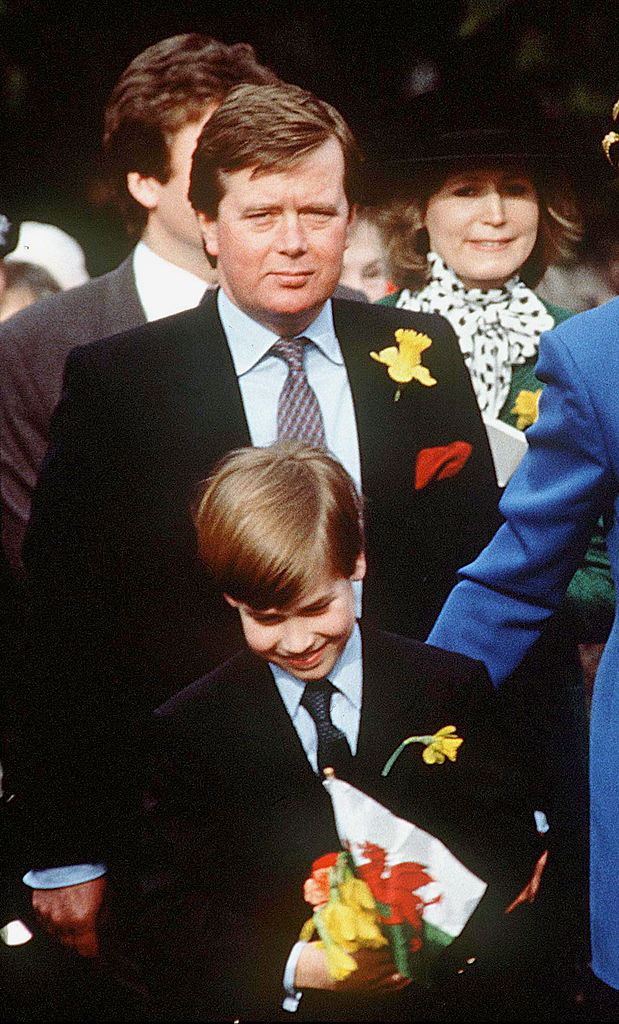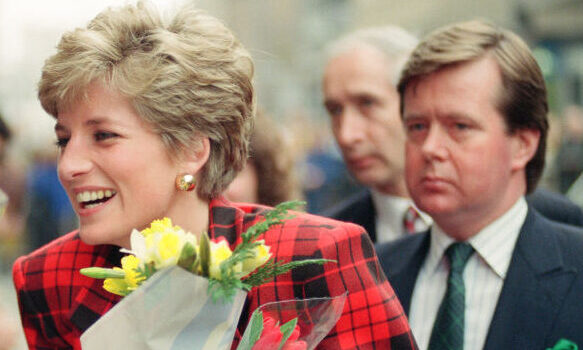The world was deeply shaken by the loss of Princess Diana in 1997. Decades later, discussions about the circumstances surrounding her passing continue, with experts analyzing what might have been done differently to prevent the tragedy. One of her former bodyguards, Ken Wharfe, has pointed out three critical security missteps that may have played a role in the unfortunate incident.
Remembering Princess Diana’s Impact
Nearly three decades after her passing, Princess Diana remains an enduring icon. Her kindness, humanitarian efforts, and devotion to her two sons, Prince William and Prince Harry, left an indelible mark on the world. Many wonder how she would have continued to influence society had she been given the chance to live out her full potential.
Ken Wharfe, who served as Diana’s personal protection officer for six years, recalls her vibrant personality and deep compassion. He frequently reflects on their time together, emphasizing her unique ability to connect with people from all walks of life.

A First Encounter That Showed Diana’s True Personality
Wharfe fondly remembers his first meeting with Princess Diana and her young sons.
“As I walked into the room, I was introduced, and Diana immediately said, ‘I don’t envy you, Ken, looking after my kids. They can be quite a handful,’” he recounted.
Right on cue, a young Prince William, who was attempting to play the piano, turned around and objected, “No, we’re not trouble!” Meanwhile, Prince Harry playfully tumbled off a nearby table.
Diana laughed and told Wharfe, “See what I mean?” This moment set the tone for their working relationship, highlighting Diana’s warm and down-to-earth nature.

Critical Security Errors That Could Have Been Avoided
According to Wharfe, Diana’s passing may have been preventable if certain security measures had been followed. Below are three key factors he believes contributed to the unfortunate accident.
1. The Choice of Driver
On the night of August 31, 1997, Princess Diana was traveling in a vehicle with Dodi Fayed, the son of Egyptian businessman Mohamed Al-Fayed, alongside Ritz security chief Henri Paul, who was driving, and bodyguard Trevor Rees-Jones.
Reports later confirmed that Henri Paul had consumed alcohol before getting behind the wheel. Additionally, he was driving at an extremely high speed when the accident occurred inside the Pont de l’Alma tunnel in Paris.
Wharfe believes that had Rees-Jones taken control of the vehicle instead, the tragic event might have been avoided.
“If they had insisted that the security-trained professional drive, things could have been different,” Wharfe explained.
While hindsight offers clarity, this decision highlights the importance of strict security protocols, especially for high-profile individuals.

2. A Risky Attempt to Evade the Media
Diana and Dodi’s security team devised a plan to avoid the press, using decoy cars to distract photographers. While this strategy aimed to provide privacy, it inadvertently led to rushed decisions and the absence of an official escort.
Rather than coordinating with local authorities for a safe exit from the Ritz Hotel, the couple’s security team decided to leave through the back entrance. This unplanned maneuver resulted in a high-speed chase by paparazzi, further escalating the risk level of their journey.
“If they had collaborated with local police instead of trying to outmaneuver the media, they might have had a much safer trip that night,” Wharfe suggested.
3. Lack of a Dedicated Security Detail
One of the most significant choices leading up to the accident was Diana’s decision to dismiss her official security team after her separation from Prince Charles. While she valued her independence, Wharfe and other experts argue that a trained team of professionals could have offered critical guidance and protection.
Wharfe recalled a conversation in which he advised Diana to reconsider letting go of her security team.
“I urged her not to give up her Scotland Yard protection,” he said. “We provided her the safety she needed while allowing her to maintain a sense of normalcy.”
Despite his advice, Diana eventually decided to rely on private security, which operated under different protocols than those of the royal family’s official protection service.

Lessons Learned from a Tragic Loss
The loss of Princess Diana remains one of the most heartbreaking events in modern history. Her influence extended beyond the royal family, touching the lives of millions worldwide. While we cannot change the past, examining the circumstances surrounding her accident serves as a reminder of the importance of proper security planning.
Even decades later, her memory continues to inspire discussions about safety, privacy, and the responsibilities of public figures. Many of her charitable efforts, from advocating for humanitarian causes to supporting medical research, remain an essential part of her legacy.

A Lasting Tribute
Diana’s passing left a void in the hearts of those who admired her. Today, her sons continue her work, honoring her commitment to service and kindness. Whether through philanthropy, public engagement, or community work, they carry forward her vision of making the world a better place.
Ken Wharfe’s insights into that fateful night provide valuable lessons in security and crisis management. His reflections serve as a poignant reminder of the small decisions that can have significant consequences.
As we remember Princess Diana’s remarkable life, we are reminded not only of her compassion and strength but also of the responsibility to ensure the safety of public figures who dedicate their lives to serving others.
